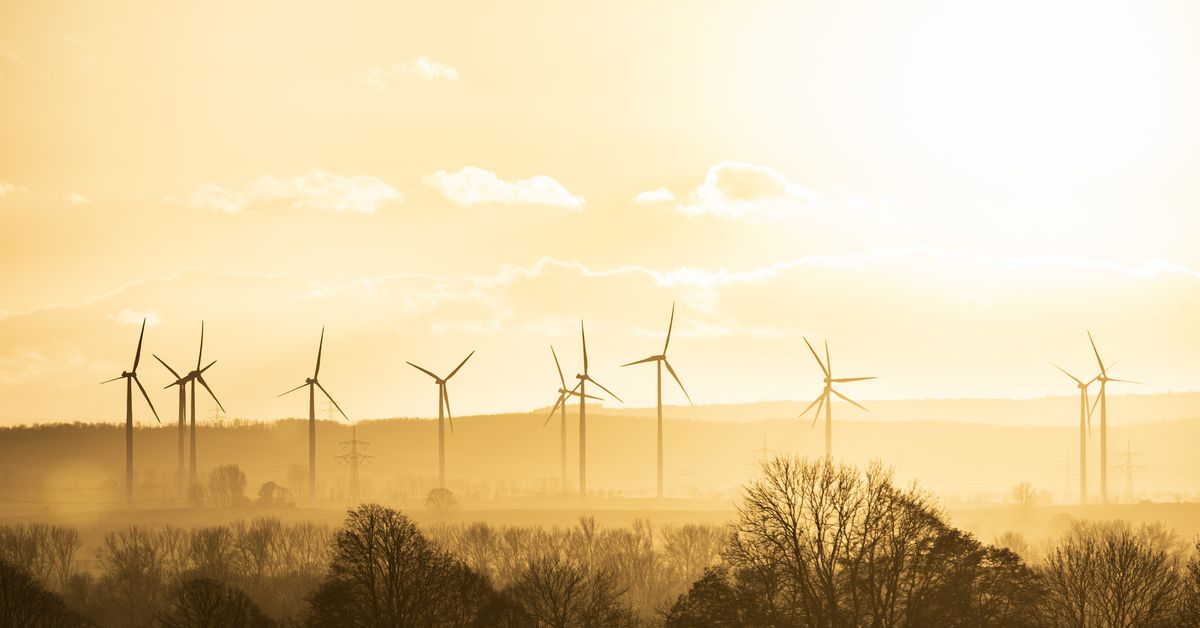Renewable energies became the European Union’s biggest source of electricity in 2020, beating fossil fuels for the first time. Germany and Spain also reached that milestone individually last year – as did the United Kingdom, which officially left the EU in January 2020.
Renewable energies supplied 38% of electricity in the EU last year, according to a report released today by energy think tanks Ember and Agora Energiewende. This gives renewable energy a small advantage over fossil fuel generation, which accounts for 37% of Europe’s electricity. The remaining quarter comes from nuclear power.
The increase in renewable energy is good news for the health of the planet. Still, renewable energy will need to grow at an even faster rate to avoid a future with more disasters induced by climate change.
“Renewable energy surpassing fossils is an important milestone in the transition to clean energy in Europe. However, let us not be complacent, ”said Patrick Graichen, director of Agora Energiewende, in a statement. “Post-pandemic recovery [programs] it needs to go hand in hand with accelerated climate action. “
The European Union recently set a target of halving carbon dioxide emissions by 2030 (compared to 1990 levels) and practically eliminating them completely by 2050. This is in line with what scientists from United Nations believes it is necessary to keep climate change at a relatively manageable level. Europe will need to double the speed with which it deployed renewable energy in 2020 to fulfill this EU commitment, according to Graichen.
Wind and solar power boosted the growth of renewable energy last year, as growth in other forms of carbon-free energy, such as hydroelectric, has stagnated. Together, wind and solar generation saw a 10 percent increase in 2020.
Coal generation, on the other hand, dropped an astonishing 20% last year. About half of that drop was due to new wind and solar capacity, according to the report. The rest can be attributed to the increase in natural gas and the drop in electricity demand during the COVID-19 pandemic. This left coal generation in 2020 at about half of what it was in 2015.
Nuclear power generation also fell dramatically in the past year. He saw a record 10 percent drop after the permanent closure of reactors in Sweden and Germany. Nuclear power is expected to continue to shrink as more countries eliminate its facilities, according to the report.
Taking all these trends into account, Europe’s electricity in 2020 was 29% cleaner than it was five years ago. In 2015, each kilowatt-hour of electricity used resulted in about 317 grams of carbon dioxide. Now, that same amount of electricity creates only about 226 grams of CO2. And the race to reduce that number to zero is heating up.
